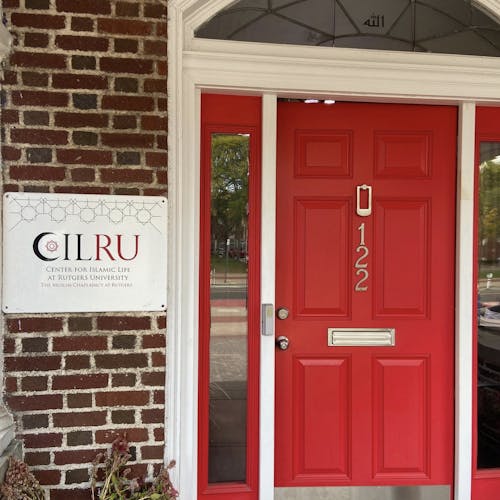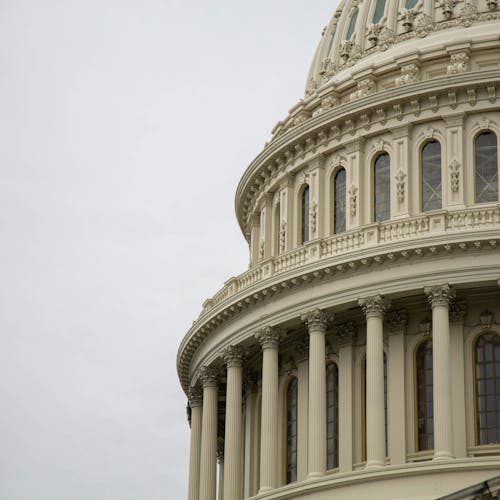Cuts in state funding can hike-up tuition for Rutgers students

With each passing year, students take on an increasing amount of student debt as they pursue higher education. At Rutgers, part of the increasing burden on students can be attributed to a decrease in state appropriations.
Cuts in state funding for public schools drive up tuition and force universities to reduce faculty numbers and offer less courses, among other reductions, according to the Center on Budget and Policy Priorities.
“State appropriations for operating costs, which offset the cost of an in-state student’s education before tuition is applied, have remained flat in recent years and not kept pace with inflation,” said Kathy Dettloff, vice president of Financial Planning and Budgeting.
State funding for higher education has declined nationally in recent years, according to the center's website. While New Jersey has seen small cuts compared to other states, the price of in-state tuition in the Garden State remains one of the highest.
This year, in-state Rutgers students saw tuition reach an all-time high of approximately $14,638 with additional fees, an increase of 1.85 percent from last year.
This was lower than the average 2.1-percent increase seen over the last three years, Dettloff said.
For out-of-state students, tuition with fees is approximately $30,579.
“The University uses a combination of enrollment growth and University-wide efforts to do more with less, to ensure modest increases in tuition and fees,” Dettloff said. “Grants, scholarships, federal work-study and other forms of financial aid reduce the cost for students and their families.”
Open tuition hearings held by the Board of Governors allow students to voice their concerns regarding tuition, fees and housing prices. It is 1 of 2 opportunities that students have to provide input on the yearly budget before it is finalized.
At the April 2017 meeting, only four students were in attendance. University President Robert L. Barchi attributed that number to the University's effort to keep tuition down and the absence of a “common group of individuals.”
During the meeting, Dettloff discussed the declining support of the state and federal governments toward higher education institutions, such as Rutgers, and its impact on the University’s allotment of $3.9 billion in annual expenses.
“Each year, the University must manage increases in mandatory costs, including fuel, utilities, negotiated salary increases for our employees, fringe benefits and other required expenditures,” she said. “Tuition caps do not address these realities.”
Eighty percent of Rutgers students receive some form of financial aid. The University self-funds the Rutgers Assistance Grant program, “which augments federal and state student aid and other scholarship programs to help our neediest students,” Dettloff said in an email.
Barchi’s decision to increase the student-minimum wage to $11 per hour was another step to defray the cost of education for students, Dettloff said.
Rutgers advocates for government support throughout the year, she said. The University has been successful in securing annual increases to the Tuition Aid Grant (TAG) program “in the face of many mounting pressures in the state budget.”
The Department of External Affairs advocates on behalf of the University in New Jersey and Washington, D.C., along with other elected officials and government lawmakers, Dettloff said. Barchi addresses both the budget committees of the New Jersey State General Assembly and the State Senate annually, during the state legislature’s budget deliberations.
“Rutgers University is committed to access and affordability for our students while providing an excellent education,” Dettloff said.



